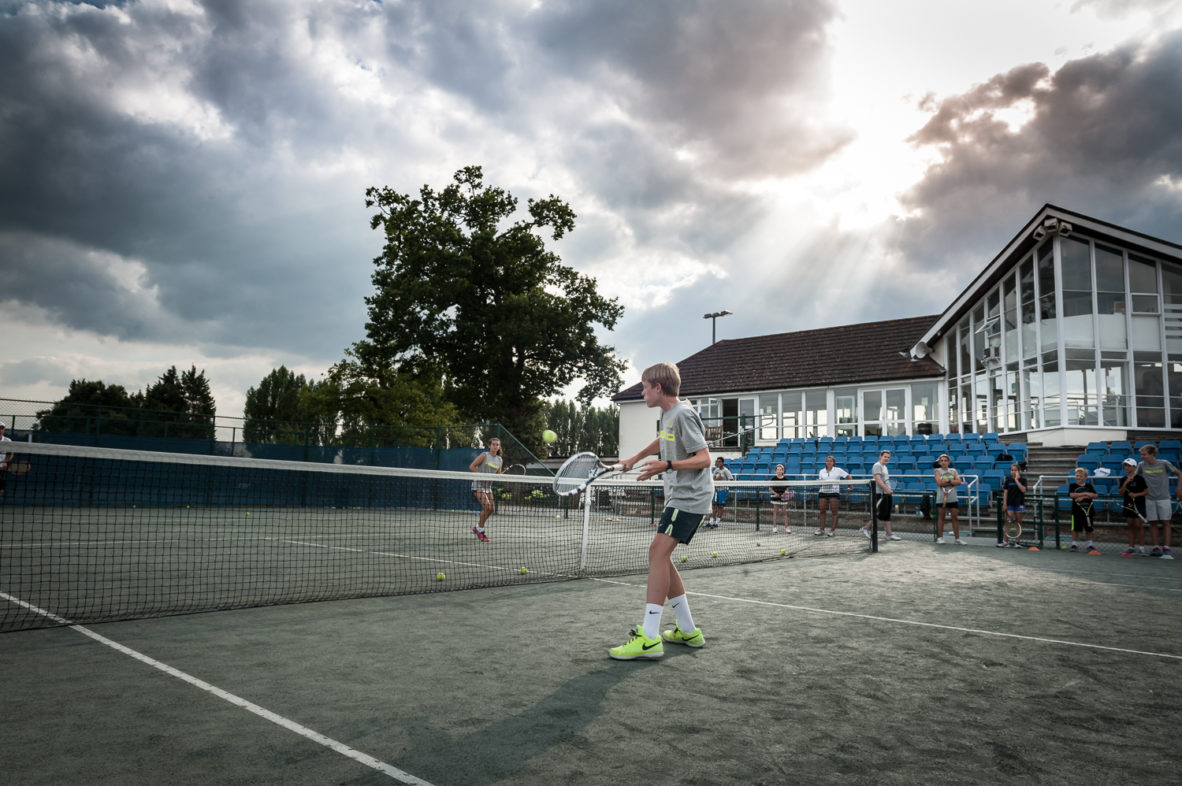Clay THE surface to develop your game

Tennis is a game that can be played on a variety of surfaces, including hard courts, grass courts, and clay courts. While all surfaces have their own unique characteristics, many experts agree that clay courts are particularly beneficial for tennis development. In this blog, we will explore the reasons why clay courts are good for tennis development and the main service at Ace Tennis Camps.
- Clay courts are slower One of the main advantages of clay courts is that they are slower than other surfaces. This means that players have more time to react to their opponent's shots, which can help them develop their footwork and timing. Slower courts also tend to produce longer rallies, which can improve a player's endurance and overall fitness.
- Clay courts are more forgiving Clay courts are more forgiving than hard courts or grass courts. This is because the surface is softer and has more give, which means that players are less likely to experience joint pain or other injuries. This is particularly important for younger players who are still developing their bodies and need to be careful about the stresses they put on their joints.
- Clay courts require more strategy Clay courts require a different style of play than other surfaces. Because the ball bounces higher and slower on clay, players need to adjust their strategy and use different shots to be successful. This can help players develop their overall game and become more versatile players.
- Clay courts teach patience Playing on clay requires patience and mental toughness. Points on clay tend to be longer and more grueling than on other surfaces, which can be mentally challenging for players. However, this mental toughness can be a valuable asset for players to develop, as it can help them stay focused and determined in high-pressure situations.
- Clay courts are more social Clay courts tend to be more social than other surfaces, as players often need to maintain the surface by sweeping it between points. This creates a sense of community among players, which can help players develop their social skills and form lasting relationships with other players.
In conclusion, clay courts offer a number of advantages for tennis development. They are slower and more forgiving than other surfaces, require more strategy, teach patience, and are more social. All of these factors can help players develop their game and become more well-rounded players. Whether you are a beginner or an experienced player, playing on clay can be a valuable experience that can help you reach your full potential as a tennis player. We look forward to seeing you at Ace Tennis Camps this summer.
